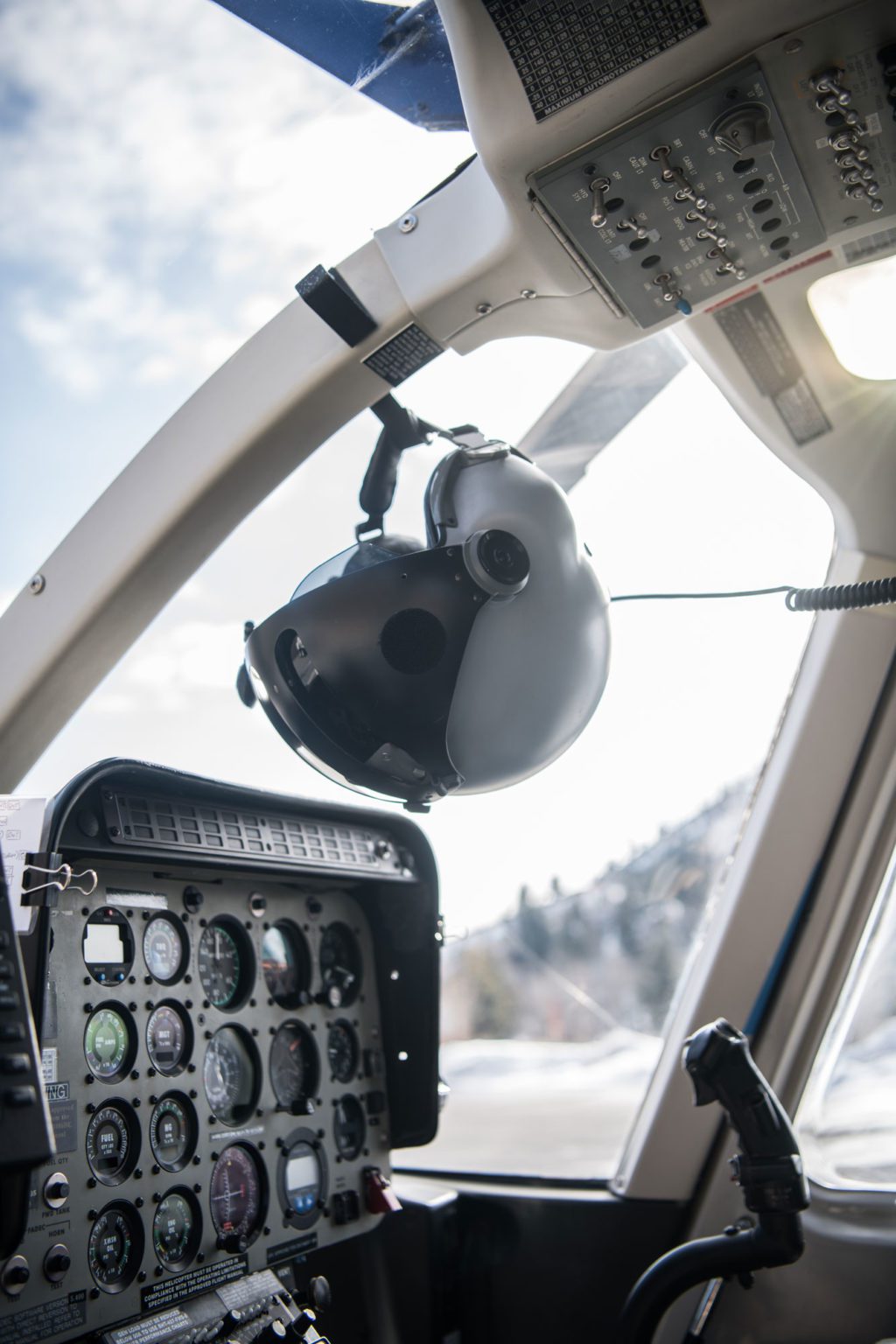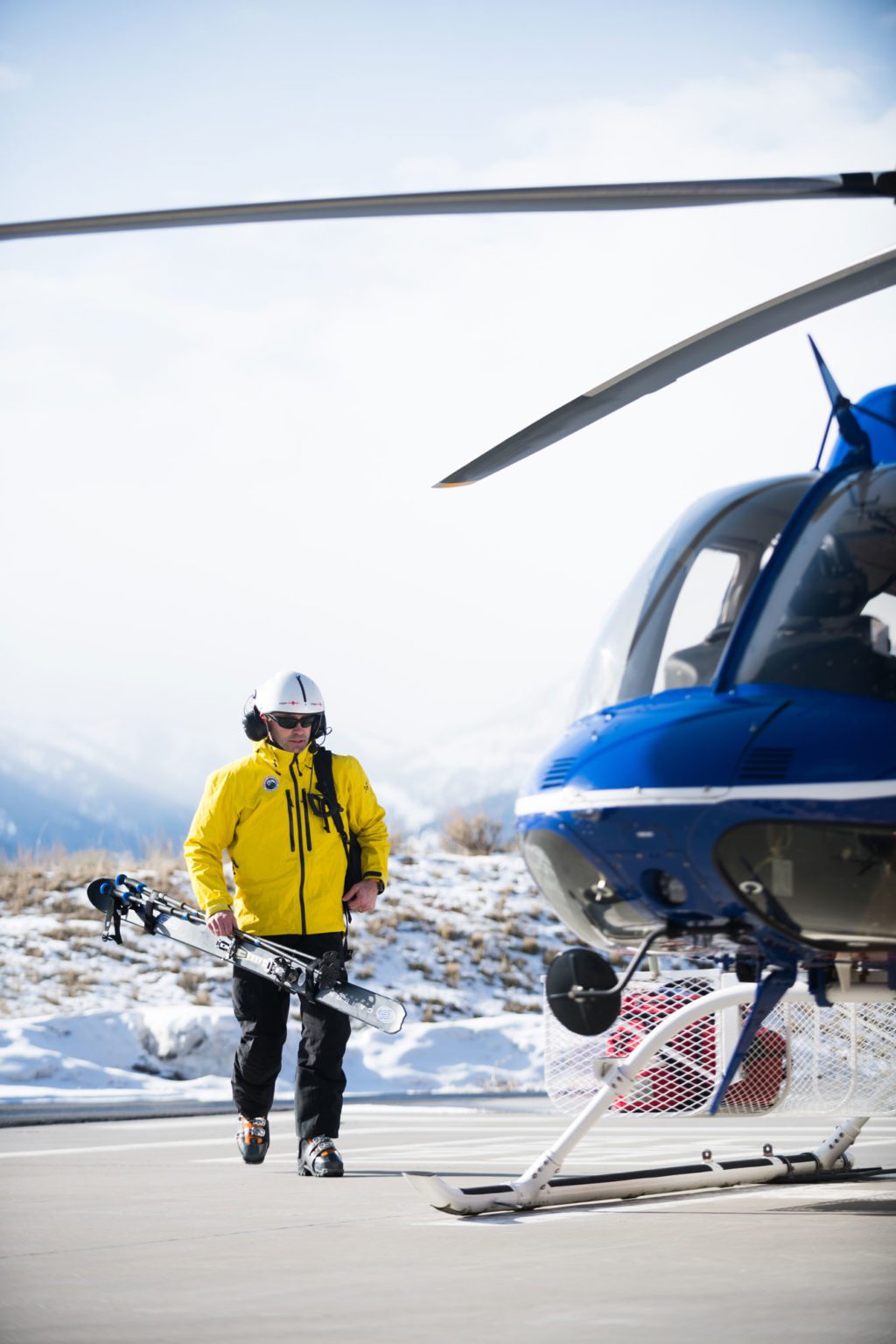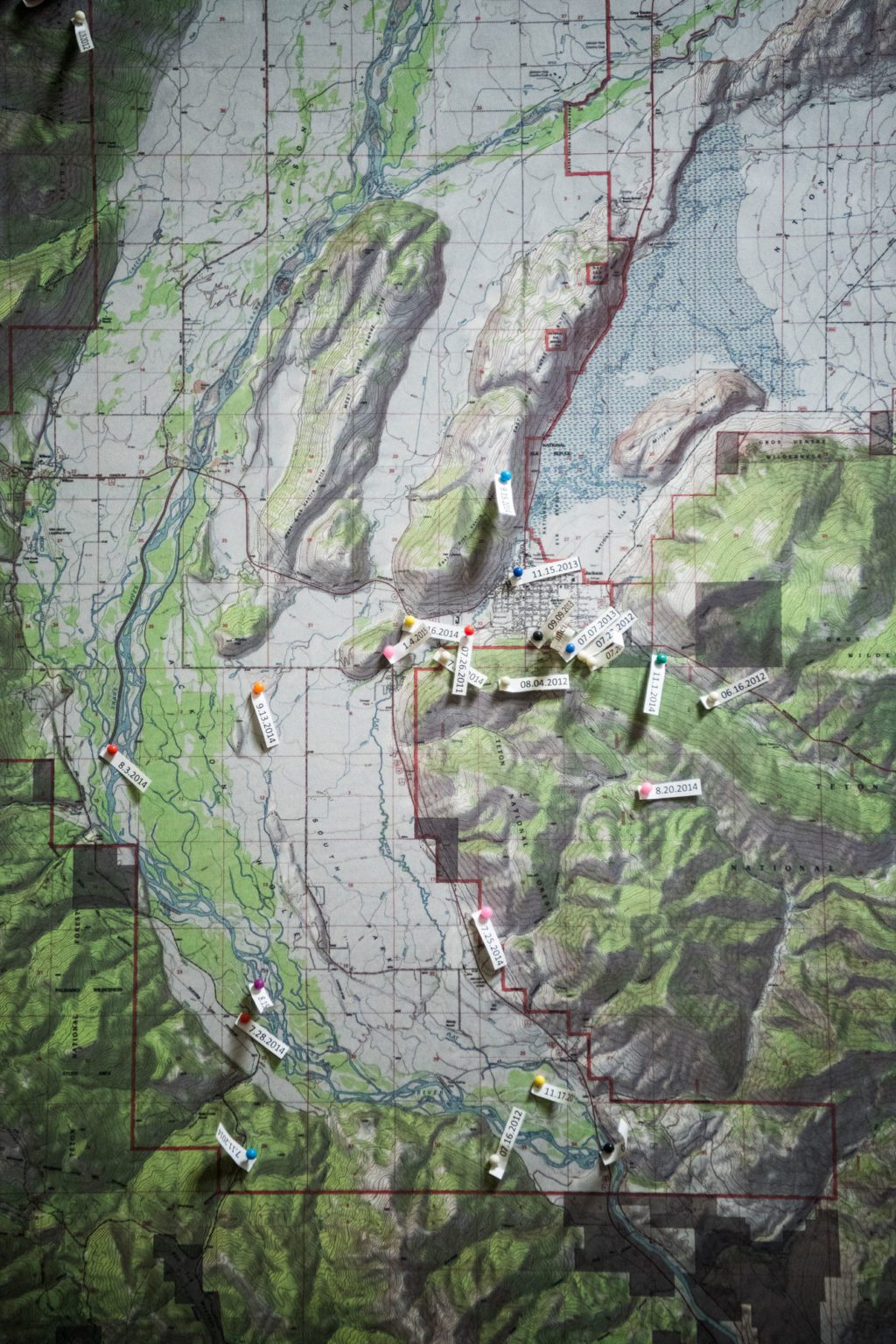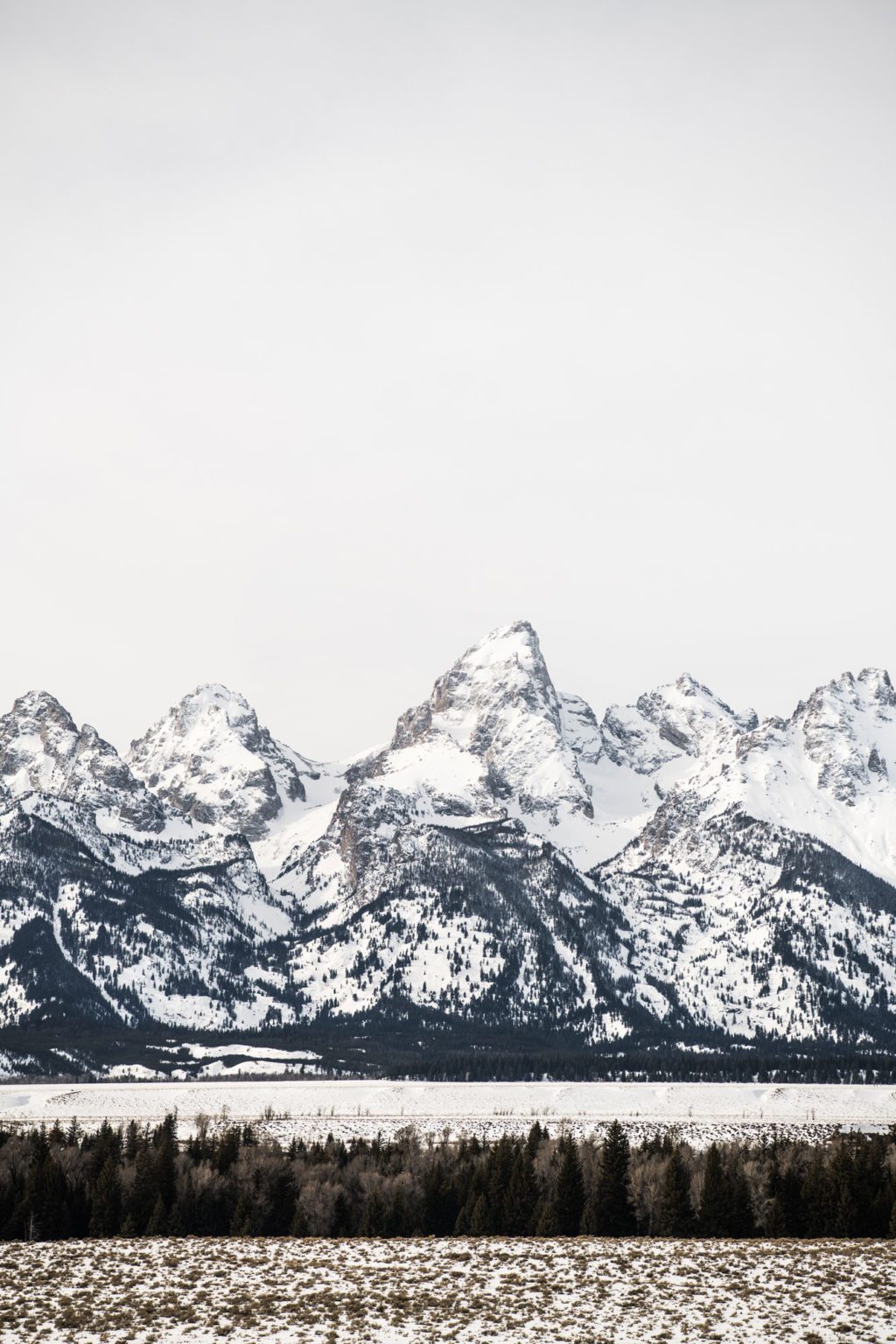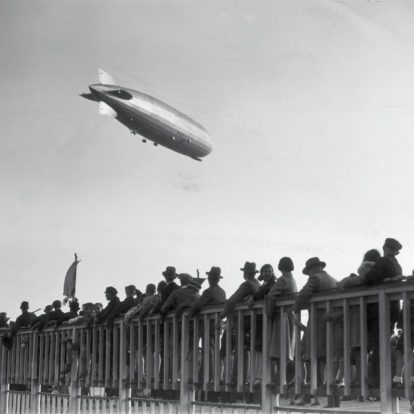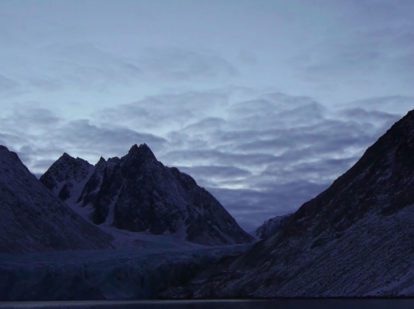The Grand Teton National Park in Wyoming conceals its dangers behind a great vista of snow-capped mountains reflected in crystal-clear waters. Forests, rivers and lakes are all part of the teeming ecosystem that has made it renowned as one of the most spectacular locations in the Rockies. The name is a faintly surreal legacy from nineteenth-century French explorers who, impressed by the mountains’ soaring peaks, dubbed them ‘les trois tetons’ (‘the three breasts’).
Today the Tetons are renowned for world-class hiking and climbing (skiing, cross country etc), but as with any mountainous terrain they are filled with lurking hazards that could be amplified at any moment by hostile weather changes. For the Park’s Medical Director, Will Smith, the challenges are constant. As an EMS (emergency medical services) physician, a working day could be filled with anything from lightning-strike injuries to snow-mobile crashes, from cardiac arrests to moose attacks.
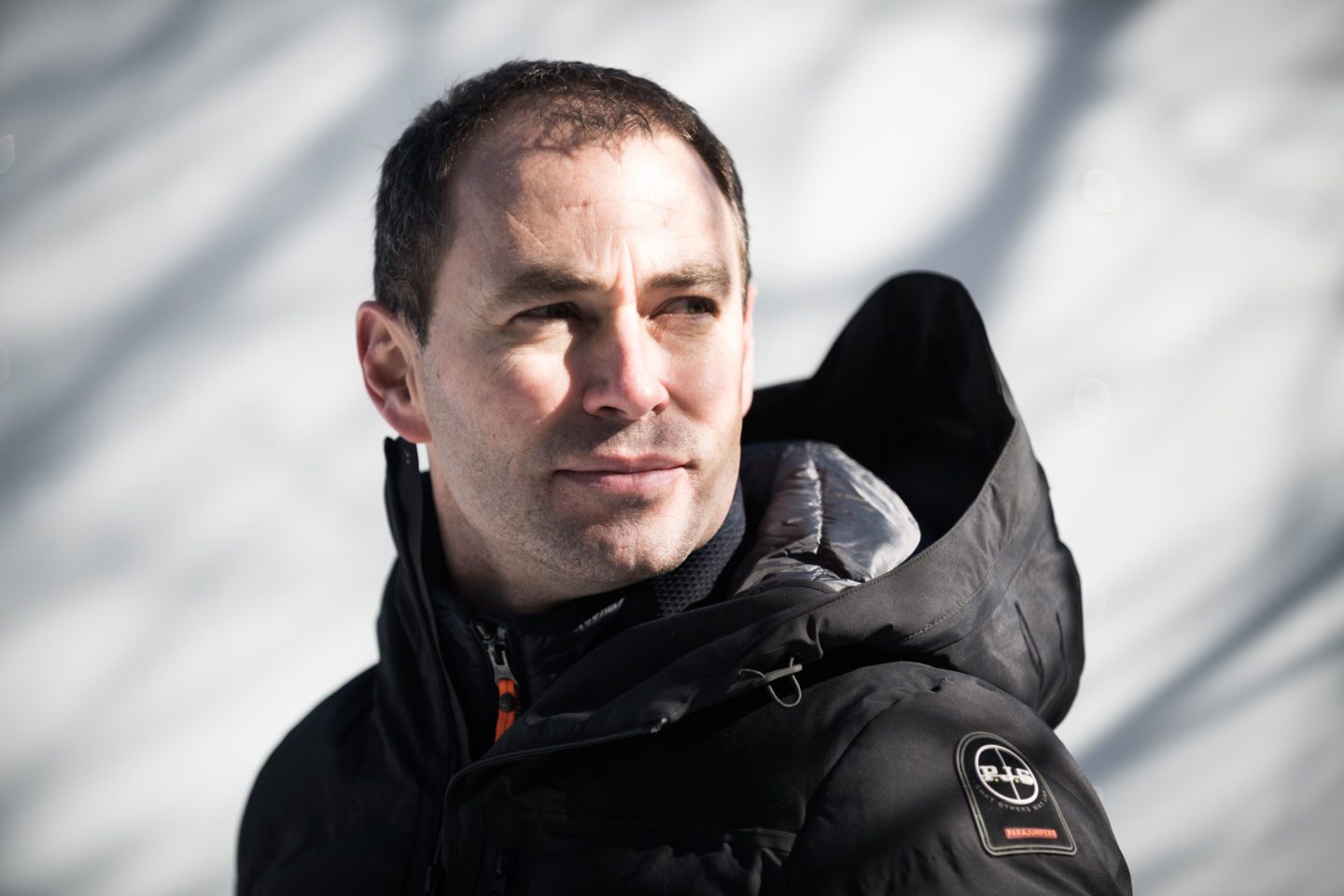
Doctor Will Smith. Jacket by Parajumpers. Photography: Taylor Glenn.
Smith, whose many professional hats include serving as a lieutenant colonel with the United States Army Reserve, has found that lessons learnt from military duty in locations including Iraq have sharpened his expertise in treating patients in a wilderness setting. ‘I think that one of the main things we’ve learned from Tactical Combat Casualty Care is how to prioritise phases of treatment,’ he says. The ABC protocol – otherwise known as ‘airway, breathing and circulation – was formerly practised by emergency medical workers in parks, but now XABC, with ‘X’ standing for treating ex-sanguination, or severe blood loss, has been recognised as a more successful sequence. Smith has also implemented tactics used to treat soldiers still under attack, ‘transition to a safer more controlled environment is key – it’s more important to get someone out of an avalanche path than to start an IV [intravenous drip] immediately.’
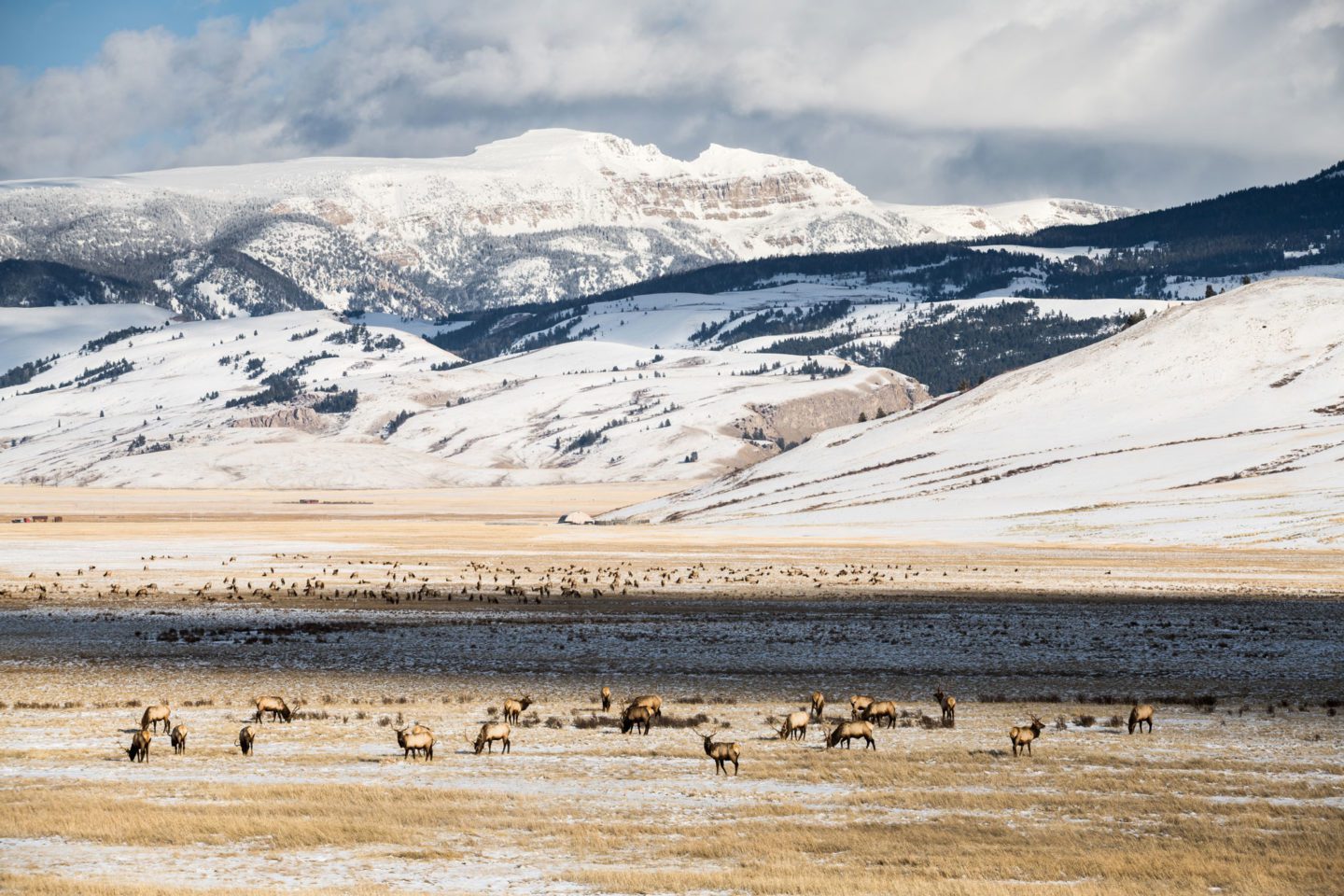
Elk forage on their wintering grounds in the National Elk Refuge outside the town of Jackson, Wyoming, USA. Photography: Taylor Glenn.
The 44-year-old’s combination of international and local experience has made him renowned as one of the best in his field – since 2006 he has also served as the Medical Director for the National Park Service.
The most dramatic incident he has dealt with was in 2010 when 17 climbers were struck by lightning. Wyoming ranks top in the United States for per capita deaths by lightning strike, and since 1995 all those deaths have been in the mountains. Here 16 of those involved in the strike survived, thanks in no small part to Smith – who had just come off night shift as an emergency medicine physician at St. John’s Medical Center – and leapt into action to help co-ordinate a sophisticated rescue operation.

The Miller Cabin and surrounding land was the first property purchased by the Federal government to become part of the National Elk Refuge, established in 1912. Photography: Taylor Glenn.
More than 50 climbing rangers, EMS providers, and other professionals were assembled, along with two helicopters to evacuate the patients from the mountain.
‘In this environment helicopters are an important tool,’ Smith declares. Once they had arrived at the valley floor, five ambulances and two vans took the patients to hospital. ‘That was the most dramatic incident we have had involving lightning strike,’ says Smith, ‘it’s hard to believe it was almost eight years ago.’
Smith became interested in becoming a paramedic when he was working on his father’s ranch in South East Wyoming. He earned his EMT (emergency medical technician) certificate while still in high school, and when at first he wasn’t accepted into medical school, he continued to pursue his passion for emergency medicine. His paramedic education, he has said, gave him valuable expertise on how to be a more rounded medical director, and really understand the ‘pre-hospital’ conditions.
‘Transition to a safer more controlled environment is key – it’s more important to get someone out of an avalanche path than to start an IV.’
Dr Will Smith
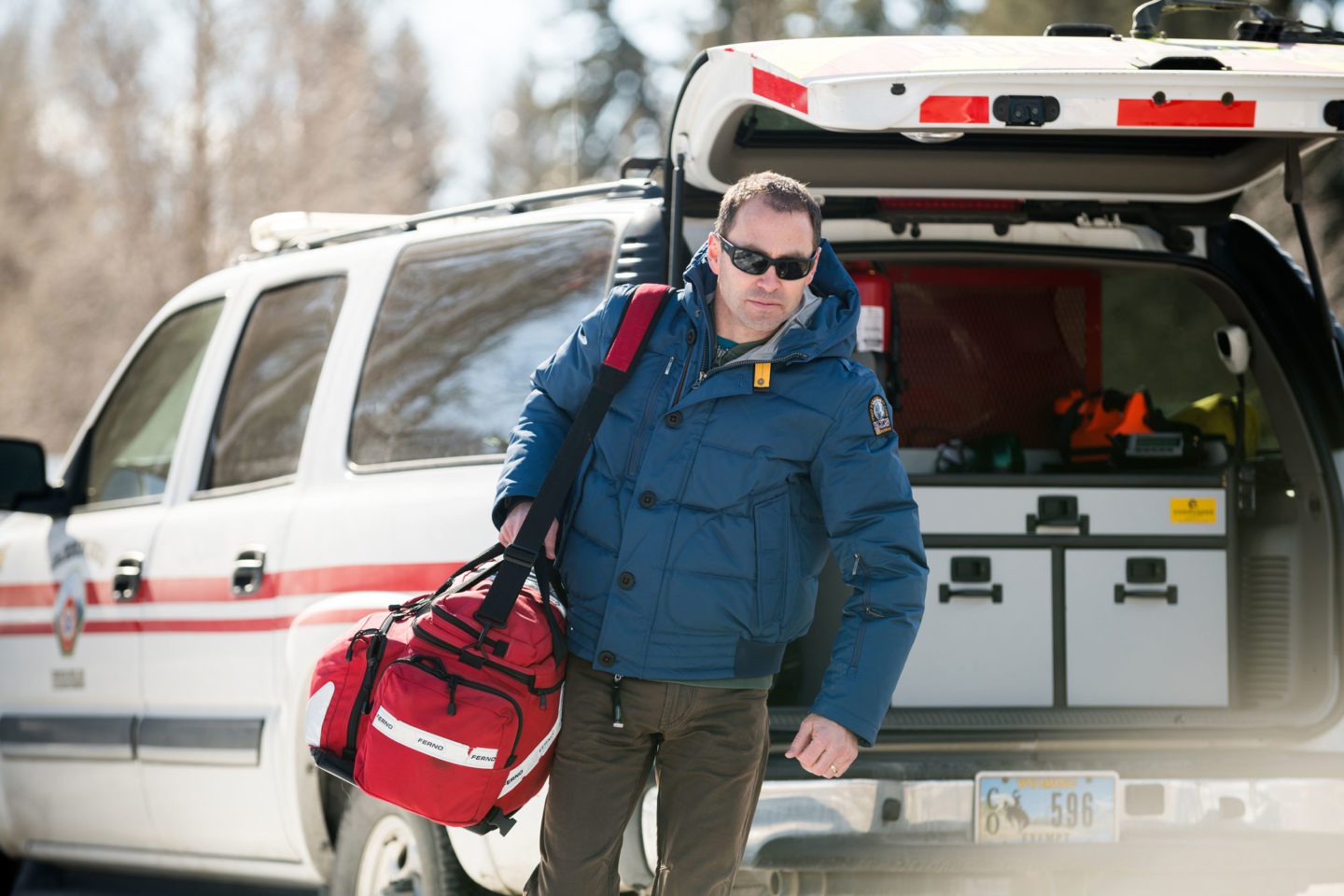
Doctor Will Smith. Jacket by Parajumpers. Photography: Taylor Glenn.
And it’s fair to say that in Grand Teton he has seen the full range of ‘pre-hospital’ conditions. ‘Sometimes we’ve had to deal with people who have got too close to moose, bison or buffalo for their Christmas photo. There are times when it’s just a big scare, other times it’s life-threatening.’ At the other end of the scale are snow-mobile crashes, ‘a couple of days ago one ended up going over a cliff and was a fatality.’
There is also the full range of injuries and problems faced by climbers and other vistors. ‘A highlight of my career was when we successfully managed to treat a cardiac arrest on one of the peaks in Grand Teton last March. We were able to get to the patient quickly using short-haul with the helicopter, then we gave him an AED (defibrillator) shock and after 10 minutes he was alert and talking. In the majority of situations a cardiac arrest has a very poor outcome, so I’m very proud of our system – that kind of case really gives me the motivation to make a difference and help people out.’
Asked how advances in medicine and technology have helped in recent years, he cites the recognition of ‘using ketamine in a pain control manner’ as a significant breakthrough. ‘Again this is something developed in the military that has been pushed out to the civilian world’. Although unmanned aerial systems are starting to be used in emergency medical rescues in other places – Smith cites a sea-rescue in Australia – he says ‘drones are not something we’ve been able to apply here in the Tetons yet. Other developments in bleeding control and airway devices have been a high priority for me, as well as better monitoring devices like AEDs that are small, but can check to see if there is any heart rhythm at all.’
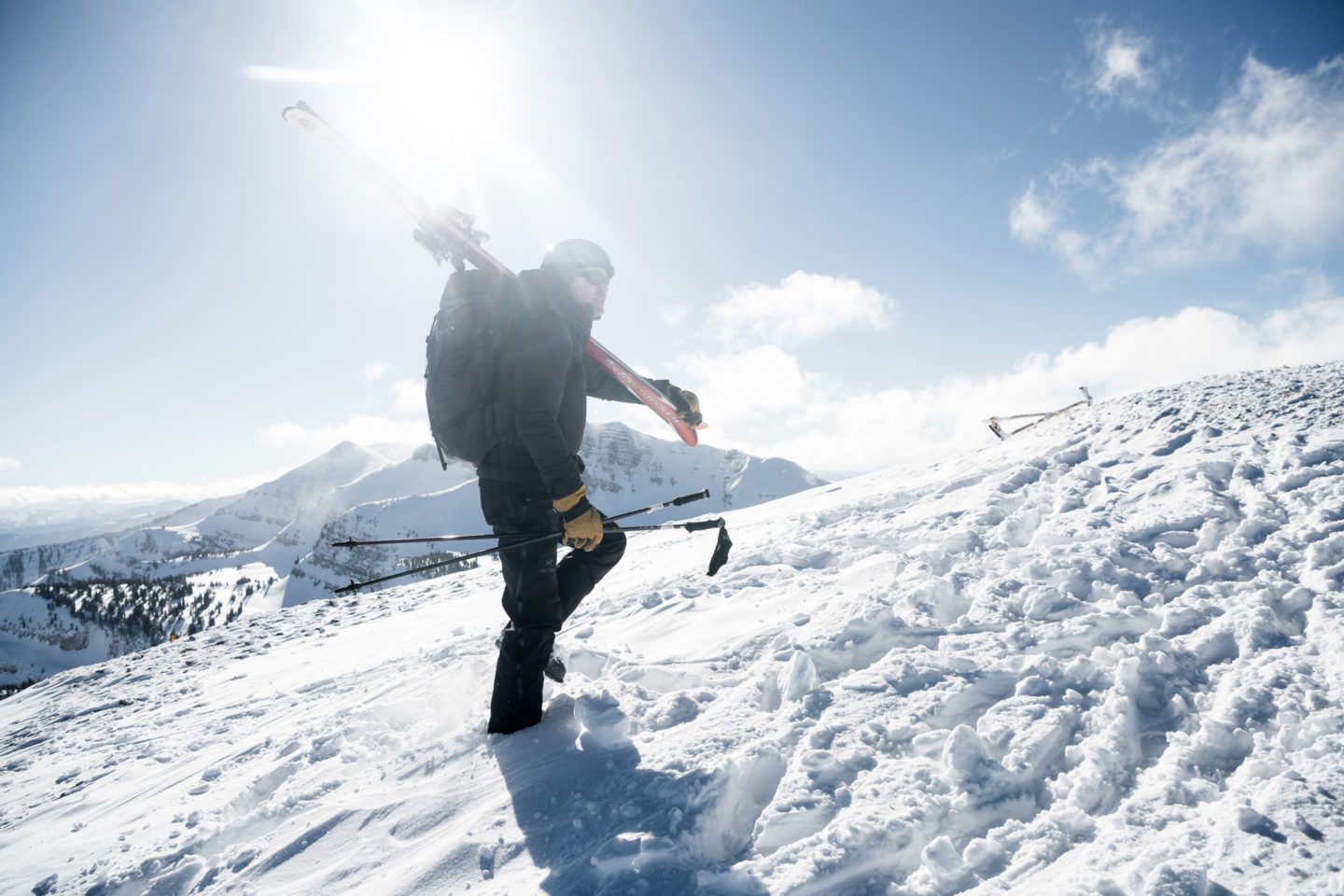
Doctor Will Smith hikes the ridge of Rendezvous Mountain, Jackson Hole. Jacket by Parajumpers. Photography: Taylor Glenn.
Smith clearly relishes the challenges of his different jobs, ‘a lot of my ‘hats’ have skills that cross over, not least from the military to the civilian side, so I think the cross-pollination benefits everybody.’ What would he recommend to anyone who wants to follow in his footsteps? ‘I would say get your training started early, and find a passion that motivates you, because it is a long road. But if you’re doing something that you know you enjoy, it’s not going to be hard work.’
